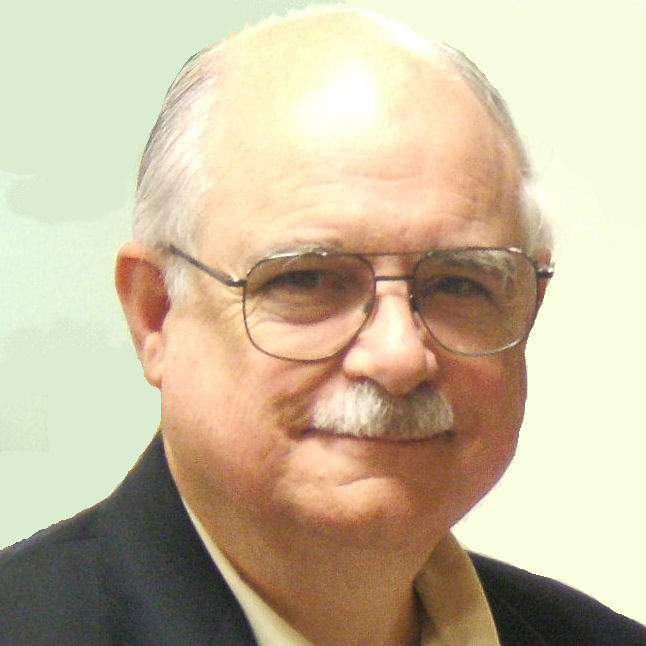
 |
Discovering the History in U.S. Stamps
By John M. Hotchner
 Stamps as history — a theme that runs through every discussion of the benefits of stamp collecting — is most often a level-four consideration, if that, when collectors are acquiring material for their albums. First is the stamp subject itself, then the appeal of the art, and rounding out the big three is the affordability of the stamps.
Stamps as history — a theme that runs through every discussion of the benefits of stamp collecting — is most often a level-four consideration, if that, when collectors are acquiring material for their albums. First is the stamp subject itself, then the appeal of the art, and rounding out the big three is the affordability of the stamps.
What we learn from stamps in terms of history and geography is more often a byproduct rather than a planned educational expedition, but it is a real benefit nonetheless.
Where do we pick up the information? There are five ways:
- From the stamp design itself, and that includes not just the text but the illustration. It used to be easier in the old days as commemorative designs were more detailed and text more fulsome. Today, the minimalist poster art that characterizes many stamps does not promote learning. Rather, postal administrations rely upon us to use the brief text pointers to access relevant Internet websites. I wonder how many of us actually do this?
- Publicity about the stamps when they are actually issued — press releases, blurbs on the USPS website, and/or articles in the philatelic press a week or so before issue. Not only is this transitory information as it disappears after the stamp is issued, but the reach and power of the print media is shrinking both inside and outside the hobby, in proportion to the Internet's growth.
- Background information is sporadically used as backprints and/or on the margins of stamps. The problem with this is that as the stamps are used, or put, singly, into albums, the information is separated or obscured.
- Information in the stamp catalog may be helpful, but as the number of stamps has grown, the non-essential text in the catalog has decreased lest the annual cost of catalogs rise to a level that is unaffordable. Despite this means of saving space and paper, some would argue that the cost already has.
- Information of varying length and quality is presented in stamp albums that you might buy.
Double this as a problem if the person is a historical figure, having lived and worked in a time when no one now living has a personal recollection. It is right to honor such people and events as important parts of our heritage, but more than a face and a face value is needed to put them in their context for the modern viewer, let alone for the collector a hundred years from now.
Given that my first recommendation has little chance of realization, another recommendation I want to make is that we supplement our albums, or replace them altogether, with pages created to present the context for our stamps. Here is where Google and Wikipedia shine. It is not hard to find on the Internet enough information to do a couple of paragraphs on each stamp issued. Doing that little bit of "research" on the content of "mystery" stamps will lead you to appreciate why the subjects were chosen. It really is not that much work to do one or two issues per month. And you might find you enjoy it enough to go backwards to older stamps.
A variant of this is I think one of the answers to how to get kids interested in stamp collecting. I'm experimenting with my own grandchildren by asking those old enough to deal with finding information on the Internet — and that would be, surprisingly to some, about seven years of age. It is amazing what young children are able to do on the computer. Mine are quite capable of making a simple album page with information about the stamp subject, and I feel sure that an immediate reward of $3 a page, combined with the long term addiction I expect to the knowledge that they gain from the research, will predispose them to stamp collecting as they grow older.
True enough, the results are perhaps not as smooth as I would make them, but there is a certain charm to how kids interpret facts and these pages are wonderful reflections of them at their age. They get copies of the pages, too, and I provide the stamps to fill the space(s) for each page.
I assign the stamps to be worked on, to make sure that they are both of interest to the child, and not so complicated as to be too great a challenge for their age and understanding. We talk about what or who is being honored, and I give them a few lines of inquiry. Then it is up to them. They end up with a few bucks, the beginnings of an album, knowledge, shared time with grandpa, and an appreciation for stamps. And they have produced something to be proud of. I'm hopeful that the total package will be a harder one to give up than being given a packet of stamps, a pack of hinges, an album and a pair of stamp tongs.
Should you wish to comment on this editorial, or have questions or ideas you would like to have explored in a future column, please write to John Hotchner, VSC Contributor, P.O. Box 1125, Falls Church, VA 22041-0125, or email, putting "VSC" in the subject line, at jmhstamp@verizon.net
How do stamps increase your knowledge of history? Join us in the message board and tell us about it.